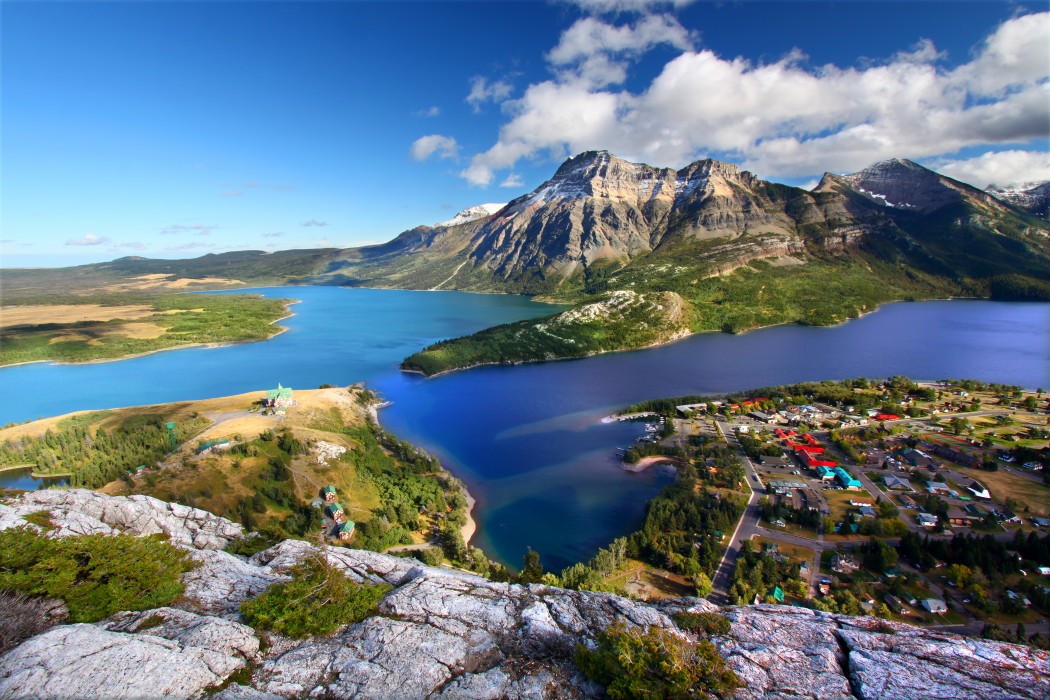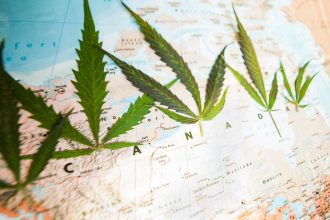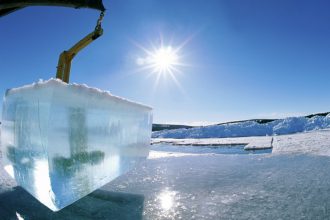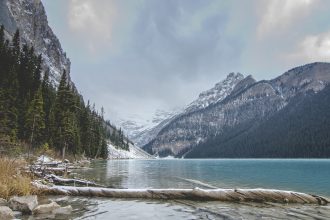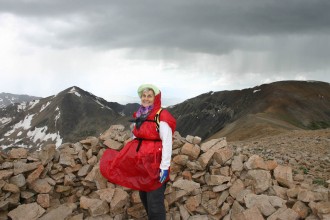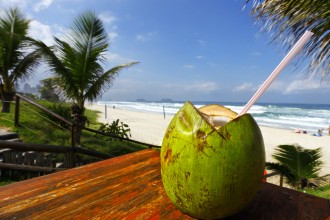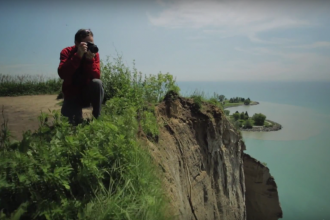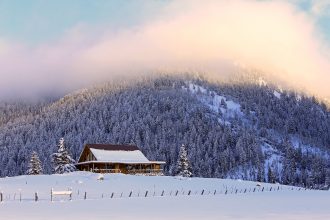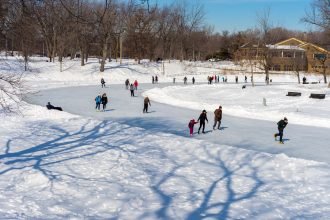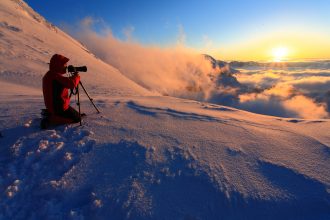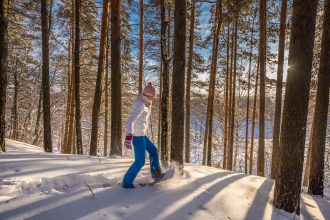When someone mentions Canada, it’s hard not to gloat about the abundance of resources that we have. But next to poutine, donuts and maple syrup, we also have plenty of other riches to offer. We’re also home to one of the largest supplies of freshwater and oil. Geographically speaking, we are one of the richest countries in the world. Our land mass encompasses thousands of kilometres of ecosystem; housing diverse wildlife and plant species ranging from mice to moose and everything in between. Thankfully, Canada and other countries have a number of protective laws, acts and designations in place to ensure some of our most beautiful places are protected from logging, overfishing, development and deforestation.
Next time you’re looking for an adventure in your own back yard, rest assured that these national treasures will be preserved for you and your children. Though there are many more protected areas on the list, we’ve compiled five of Canada’s largest, least-explored areas.
Waterton Glacier International Peace Park

The world’s very first international peace park is situated on the borders between Alberta and Montana. This United Nations Educational, Scientific, and Cultural Organization (UNESCO) certified site is home to mountain scenery, glacial landforms, and an abundant diversity of wildlife and wildflowers. Natural characteristics create unique plant communities that are unseen anywhere else in the world. This allows for species such as bald eagles, wolverines, great horned owls, and mountain goats to thrive.
Yellowstone to Yukon

Perhaps one of the most unique protected areas is also one of the largest, spanning five U.S states and four Canadian provinces/territories. Yellowstone to Yukon, or Y2Y, is a conservation initiative stretching from Yukon Territory through Northwest Territories, British Columbia, Alberta, Montana, Idaho, Wyoming, Oregon, and Washington. The project was initiated after a wolf was tracked for two years through the area before eventually being shot; signalling that protecting a single park alone is not enough to save endangered species. The Y2Y region is home to wildlife refuges, wilderness areas and provincial parks.
Wood Buffalo National Park

At a whopping 44,807 square kilometres, Wood Buffalo Park is the largest national park in Canada and the second largest in the world. Initially established as a UNESCO world heritage site in 1922 to protect the world’s largest herd of roaming bison, the park is still home to a number of endangered species, including the wild bison, red-sided garter snake, lynx and whooping crane.
Canadian Rocky Mountain Parks

Composed of Banff, Jasper, Kootenay, and Yoho national parks, as well as Mount Assiniboine and Hamber provincial parks, these areas encompass some of the most significant fossil sites in the world and are key insights into early evolution. Archaeologists are still making frequent discoveries to be displayed in museums around the world. The parks are awarded for their beautiful canyons, glaciers, mountain peaks and wildlife. Golden Eagles, wolves, reindeer, pumas, and mule deer all call these areas home.
Gwaii Haanas

Gwaii Haanas consists of 138 islands and 40 freshwater lakes off the northwest coast of British Columbia. Home to seabird colonies and old growth temperate rainforests, these coveted ecosystems are nominated to become World Heritage Sites. The area is a key migration stopover for numerous species of birds and home to sea lions and porpoises. If you’re looking to spot a whale in its natural habitat, Gwaii Haanas is also home to killer whales and migrating grey whales.

